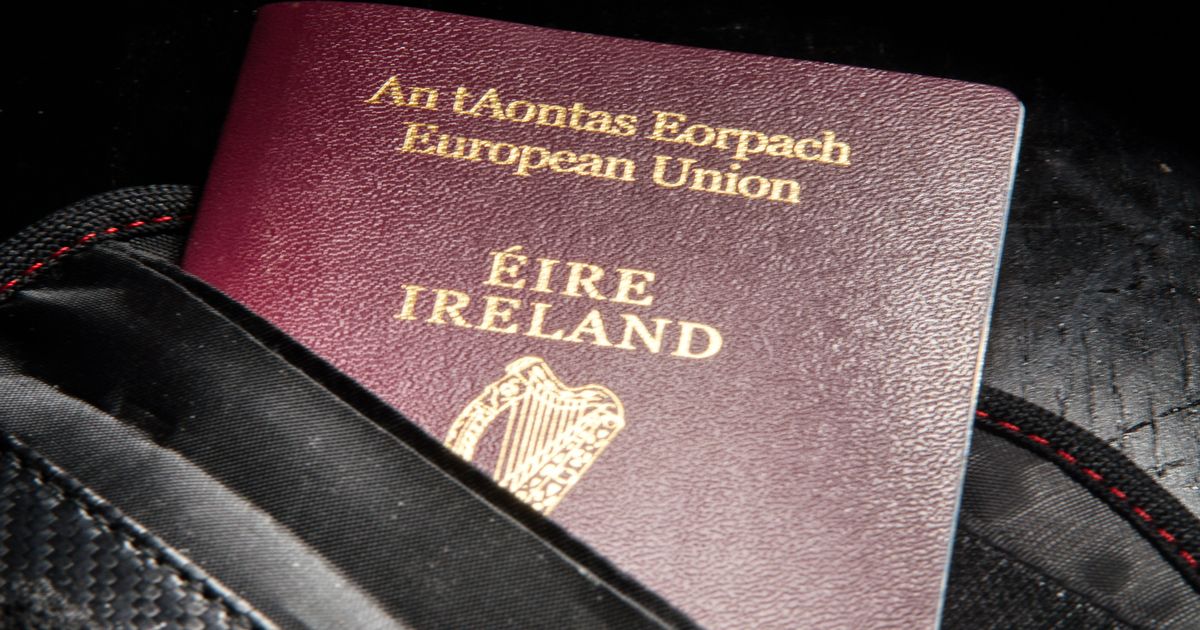By Andrew E Quinn,Sarah Magliocco
Copyright rsvplive

The new European Entry/Exit System (EES) is set to launch on Sunday, 12 October.
This fresh system, which will impact millions of individuals globally, will be in operation across 25 EU nations and four non-EU countries.
The EES aims to eliminate the need for passport stamps. Instead, passport holders will be required to register biometric details such as fingerprints and photographs when they travel.
Read more: Warning as 600 Ryanair flights per day could be cancelled next week
Read more: I went to Europe’s number one Christmas market and I was really disappointed
Additionally, both the entry and exit dates of passport holders will be digitally recorded in each country. It’s thought that the EES has been designed to crack down on those exploiting the 90/180 day rule.
However, there’s some good news – the EES won’t apply to Irish passport holders or nationals of the European countries utilising the EES. Cypriot nationals will also be exempt, reports the Irish Mirror.
So, what exactly is the EES?
The EES is an automated IT system used to register non-EU nationals travelling for a short stay each time they cross the borders of any European countries using the system.
In terms of the EES, ‘non-EU national’ refers to a traveller who doesn’t hold the nationality of any European Union country or the nationality of Iceland, Liechtenstein, Norway or Switzerland.
A ‘short stay’ is defined as up to 90 days within any 180-day period. This period is calculated as a single period for all the European countries using the EES.
EES countries:
Austria Belgium Bulgaria Croatia Czech Republic Denmark Estonia Finland France Germany Greece Hungary Iceland Italy Latvia Liechtenstein Lithuania Luxembourg Malta Netherlands Norway Poland Portugal Romania Slovakia Slovenia Spain Sweden Switzerland
*Ireland and Cyprus will continue to stamp passports manually.
Who does the EES apply to?
Non-EU nationals travelling for a short stay to a European country using the EES – e.g. British passport holders.
Who does the EES not apply to?
Nationals of the European countries using the EES, as well as Cyprus and Ireland Non-EU nationals who hold a residence card and are immediately related to an EU national Non-EU nationals who hold a residence card or a residence permit and are immediately related to a non-EU national who can travel throughout Europe like an EU citizen Non-EU nationals travelling to Europe as part of an intra-corporate transfer or for the purposes of research, studies, training, voluntary service, pupil exchange schemes or educational projects and au-pairing Holders of residence permits and long-stay visas Nationals of Andorra, Monaco and San Marino and holders of a passport issued by the Vatican City State or the Holy See People exempt from border checks or who have been granted certain privileges with respect to border checks (such as heads of state, accredited diplomats, cross-border workers, etc.). Diplomats travelling on short stay may be exempt from EES registration under certain conditions.The exception from registration in the EES apply to members of the armed forces travelling on NATO or Partnership for Peace business, who hold an identification and individual or collective movement order provided for by the Agreement between the parties to the North Atlantic Treaty regarding the Status of their Forces and may apply to civilian component or dependents referred to in the NATO Status of Forces Agreement. People not required to cross external borders solely at border crossing points and during fixed opening hours People holding a valid local border traffic permit Crew members of passenger and goods trains on international connecting journeys People holding a valid Facilitated Rail Transit Document or valid Facilitated Transit Document, provided they travel by train and do not disembark anywhere within the territory of an EU Member State